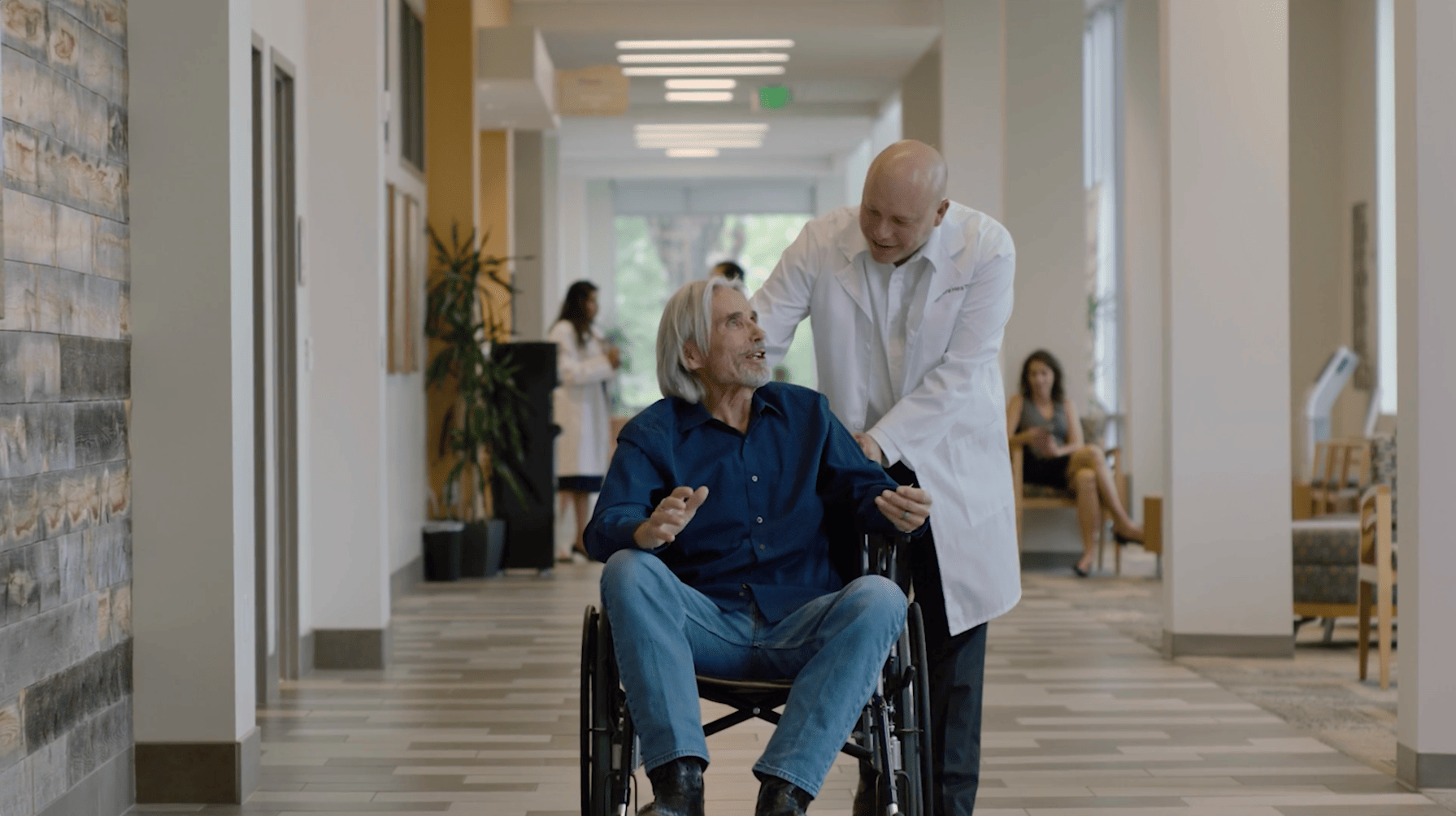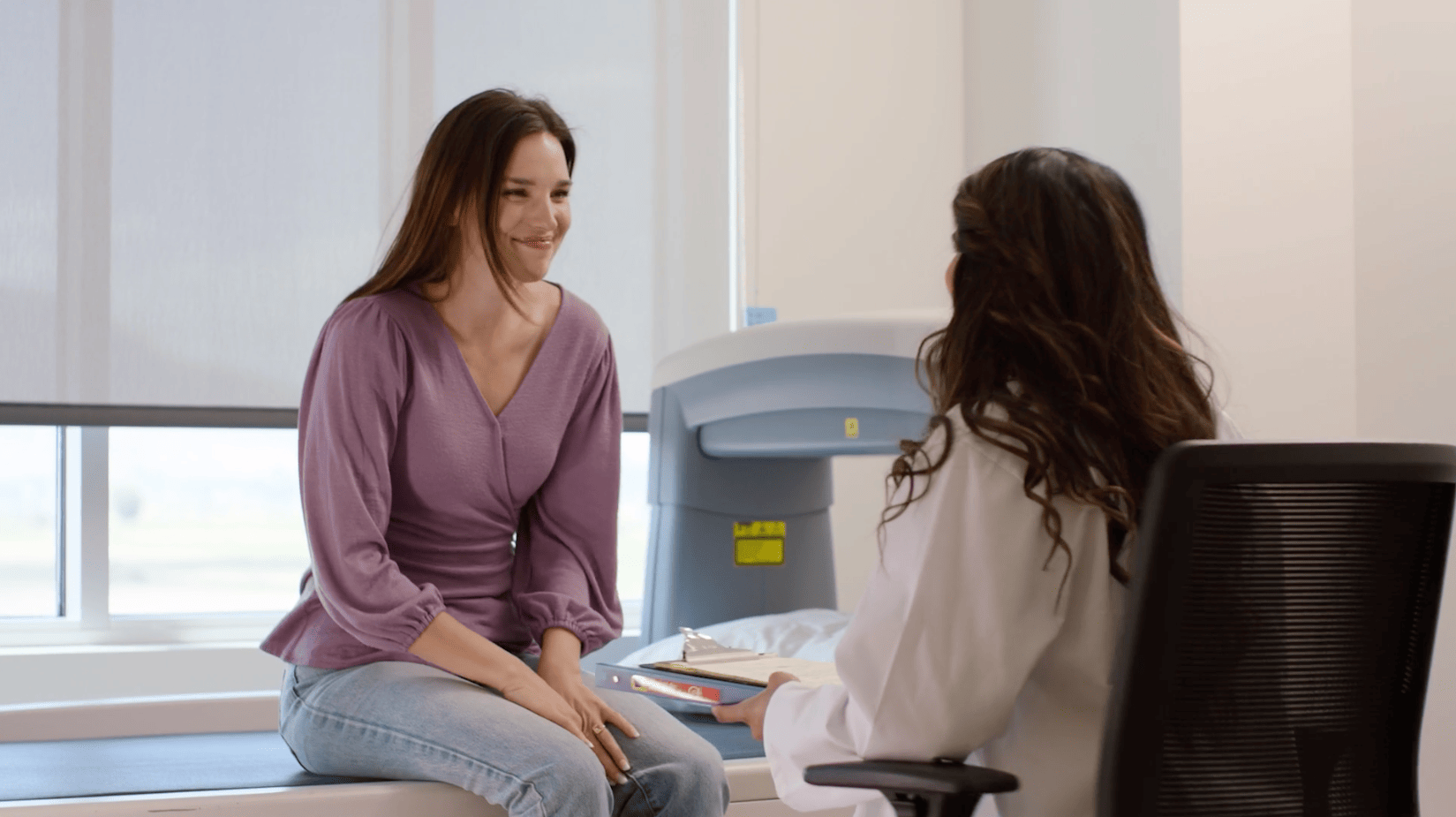Phone: (801) 373-4366
Fax: (801) 429-8191Call for Hours
See patient education
resources below ↓
Services

Echocardiography
Ultrasound waves are used to examine the functionality of the heart and diagnose heart diseases and disorders.

Stress Echocardiography
A procedure measuring heartbeat and blood pressure while exercising to determine the health of the heart and blood vessels.

TEE
Transesophageal echocardiography is a test used to produce ultrasonic imaging of the heart to better diagnose disorders.

Electrophysiology Services
A specialty branch of physiology concerned with the study, diagnosis and treatment of heart rhythm disorders.

Interventional Services
This is a branch of cardiology that focuses on catheter-based treatment of structural heart diseases, including angioplasty and stent.

Diagnostic Cardiac Catheterization
The process of introducing catheters into veins or arteries, then into either the left or right side of the heart.

Diagnostic Peripheral Angiography
A test that uses X-rays and dye to find narrowed or blocked areas in the arteries that supply blood to your legs.

Peripheral Angioplasty
The blocked area of the peripheral artery is removed through an inflated balloon within a catheter.

Angioplasty/Stent
This opens the coronary arteries that supply blood to the heart. A stent is a tube that expands inside the coronary artery.

Atherectomy
This surgery treatment uses a catheter with a sharp blade to remove plaques of fatty material from blood vessels.

PFO & ASD Closures
A catheter-based closure of the patient foramen ovale (PFO) and atrial septal defect (ASD).

Retrievable IVC Filters
These are small, cage-like devices inserted into the inferior vena cava in order to capture blood clots.

Ablation
A procedure used to scar or destroy a small area of tissue in the heart that is causing abnormal rhythm.

Pacemaker Implantation
A generator is placed on the left side of the chest, attached to a wire guided through a blood vessel to the heart.

Pacemaker Lead Extraction
Lead extraction through the femoral or subclavian vein.

Pacemaker Programming
Your doctor will determine if demand pacing or rate-responsive pacing is a better fit for your needs.

Biventricular Pacemaker Implantation
The lead tip of this specialized pacemaker is implanted and attached to the heart, helping heart failure patients.

Pacemaker/Defibrillator Management
Your doctor will determine if demand pacing or rate-responsive pacing is a better fit for your specific needs.

Laser Lead Extraction
Special catheter-guided lasers help free the lead from the surrounding scar tissue.

Tilt Table Testing
Patients lie on a table that is slowly tilted upward, used to measure blood pressure, heart rate and gravity’s effect on the heart.

Holter Monitor & Event Recording
A small battery-operated device that is used to record the heart’s activity for those who have irregular cardiac symptoms.

Venous Ablations
Treatment using laser energy to close varicose veins in the legs. It leaves no scars and relieves aches and pains.

Cardiovascular Perfusion
Circulation equipment provides support to a patient’s circulatory or respiratory functions in certain heart procedures.

Cardiac MRI
A simple imaging procedure using radio waves and magnets to capture detailed pictures of the heart and blood vessels.

CT Coronary Calcium Score
A heart scan that calculates your risk of developing coronary artery disease, a common heart condition.

Ambulatory Blood Pressure Monitoring
A non-invasive method of obtaining blood pressure readings while the patient is in their own environment.

Ankle-Brachial Index Testing
This is the ratio of the blood pressure at the ankle to the blood pressure in the upper arm (brachium).

HIDA Scan
A hepatobiliary scan captures images of the liver, gallbladder and bile ducts to help diagnose medical conditions.

Exercise Treadmill
An exercise test on the treadmill is a way to test the effect of exercise on your heart and your ability to breathe.

More about value-based care







